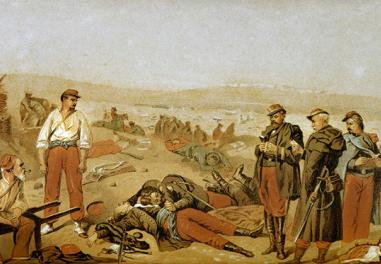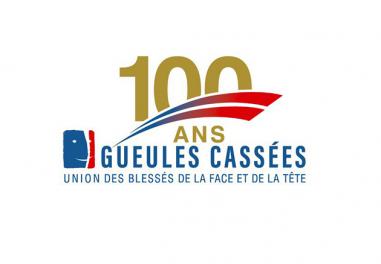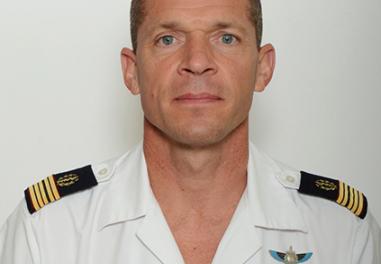Musée du Service de Santé des Armées
Created during the First World War at the Val-de-Grâce Military Hospital, the Musée du Service de Santé des Armées (MSSA – the armed forces health service museum) presents the history of military medicine. Most importantly, it gives visitors an insight into why and how it was founded and its missions.
The MSSA was officially established in 1919 when it was known as the Documents et Archives de Guerre (war documents and archives office). It started out as a collection assembled throughout the 19th century by doctors in the service and kept in an anatomy cabinet. Huge funds were earmarked to collect and preserve all the objects and documents that were going to join the future museum. Professor Jean Aurélien Octave Jacob, a senior lecturer in surgery at Val-de-Grâce and future director of the Val-de-Grâce instructor training school, was appointed to set up the institution. Specialists were assigned to Val-de-Grâce to create the establishment including doctors, academic librarians and museum curators.
The museum was inaugurated on 2 July 1916. It comprised four sections: the anatomoclinical museum, a document gallery, a history museum and, completely new, a library and archives.
Fully renovated in the 1990s, the establishment was renamed the Musée du Service de Santé des Armées at Val-de-Grâce and took over the galleries in the cloister. In highly modern facilities, it set out to be a history museum open to the contemporary world that would cover multiple subjects: medical support to the armed forces, the advancements in maxillofacial surgery, psychiatric research, subaquatic and aerospatial medicine, public health, the creation of medical schools and Pasteur institutes, efforts to prevent major overseas epidemics and local or exotic infectious diseases, and advances in hygiene.
A place of remembrance, preservation and study, the museum is a site open to everybody. In the last two years, an education department and communication department have also been added. Public visitor services have been reorganised and key projects related to collections have also been launched.
In the cloister, visitors can explore two special exhibitions. The first one is all about Alphonse Laveran, France’s first winner of the Nobel Prize in Physiology or Medicine, the first in the series of special exhibitions to be programmed by the museum. The military doctor devoted his life to research into malaria and exotic diseases. It was while in Constantine, Algeria, in 1880, that he discovered protozoan, the parasite responsible for malaria. The Nobel Prize he was awarded in 1907 crowned all his achievements in the field of parasitology. The second exhibition is a tribute to the Countess du Luart, known for her charitable actions for the war-wounded. The Countess opened her first mobile surgery unit in May-June 1940, during the Battle of France. Through her generous initiative, she set up, funded and ran this unit and saved multiple lives close to the front lines. These military actions earned her the highest distinctions and honorary membership to the 1st Foreign Cavalry Unit..
In 2021, the museum put on two temporary exhibitions. The first one, which ran until 3 October 2021, was dedicated to the involvement of the armed forces health service in the fight against malaria, past to present. The first global epidemic, this infectious disease is still one of the world’s biggest public health challenges. Enlisted to help beat this scourge, the armed forces health service personnel played a considerable role and continue to care for its victims, service people and civilians, curb its spread and ultimately endeavour to eliminate it entirely. From 16 November 2021, the exhibition Photography and Medicine – season 1 – 1915-1918: a photographic commission will put on display part of the little known photo collection in the museum’s archives.
Read more
Remembrance site
Articles of the review
-
The file

Treating the war-wounded
How the wounded are treated on the battlefield since the Franco-Prussian war in 1870 to the most recent interventions has changed extensively, both from an organisational perspective to the ways in which treatment, and what treatment, is administered by health care specialists in the army. In this s...Read more -
The event

"100 ans pour les "Gueules Cassées""
Read more -
The interview

Luc Aigle, head physician
Treating wounds and saving lives. This is what head physician Luc Aigle did during the multiple field operations he has participated in. Now dean at the Ecole de Lyon, he is training the next generation of army medics.
Read more

